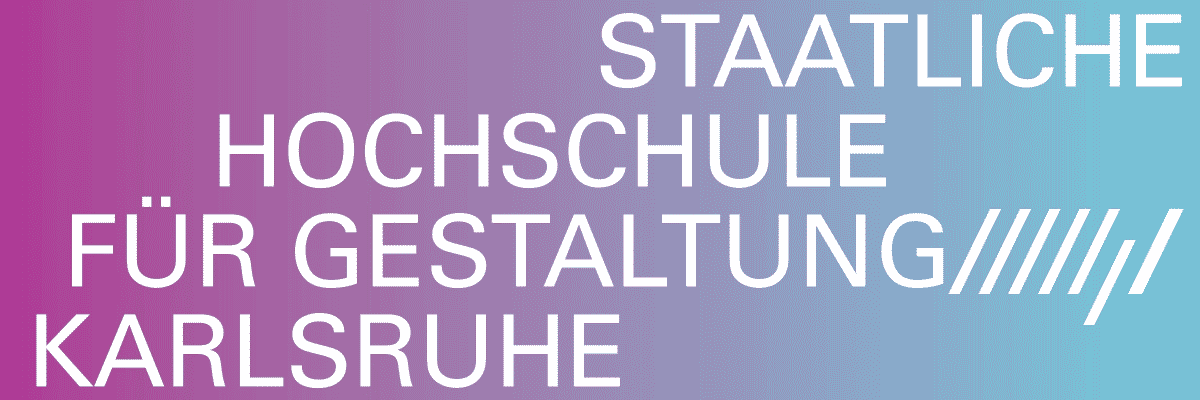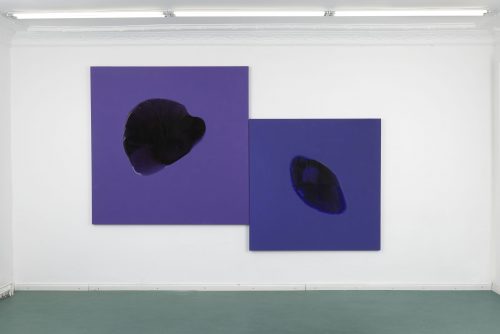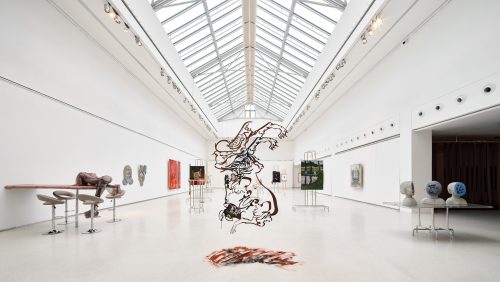
Maya Aroch
After Hours
Project Info
- 💙 Herzylia Museum of Contemporary Art, Israel
- 💚 Sally Haftel Naveh
- 🖤 Maya Aroch
- 💜 Sally Haftel Naveh
- 💛 Daniel Hanoch
Share on
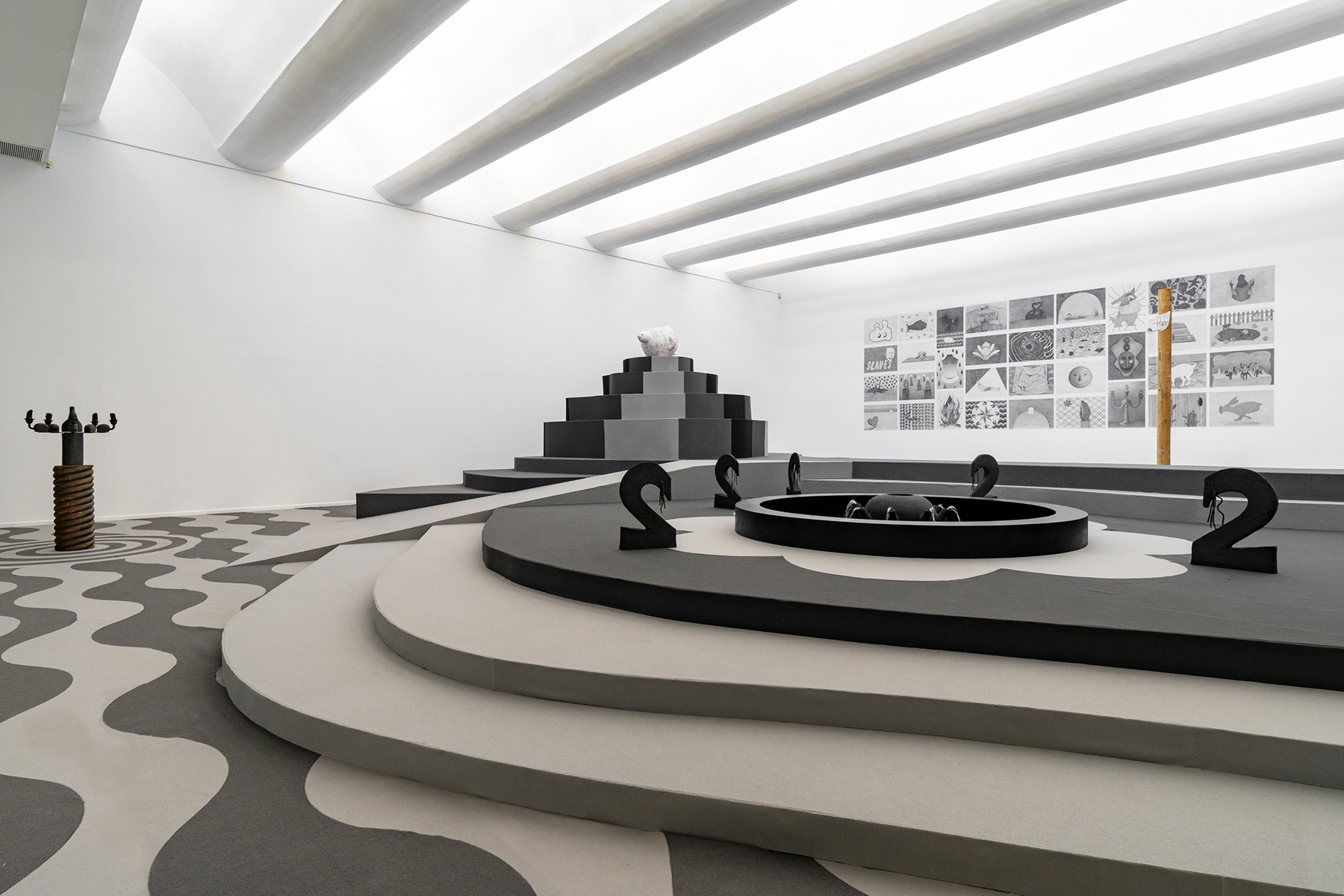
After Hours - installation view, Herzliya Museum of Contemporary Art
Advertisement

After Hours - installation view, Herzliya Museum of Contemporary Art
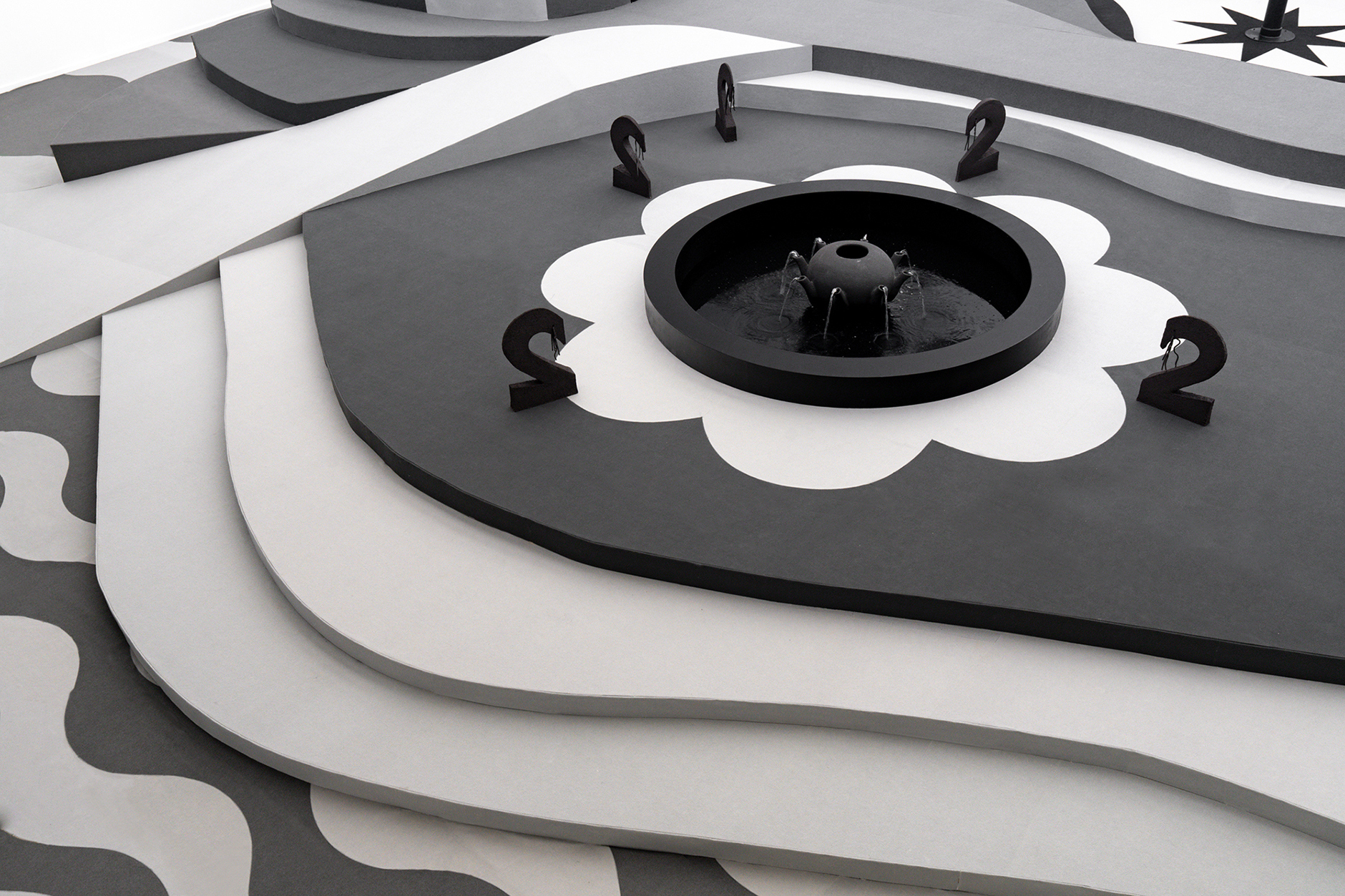
After Hours - installation view, Herzliya Museum of Contemporary Art
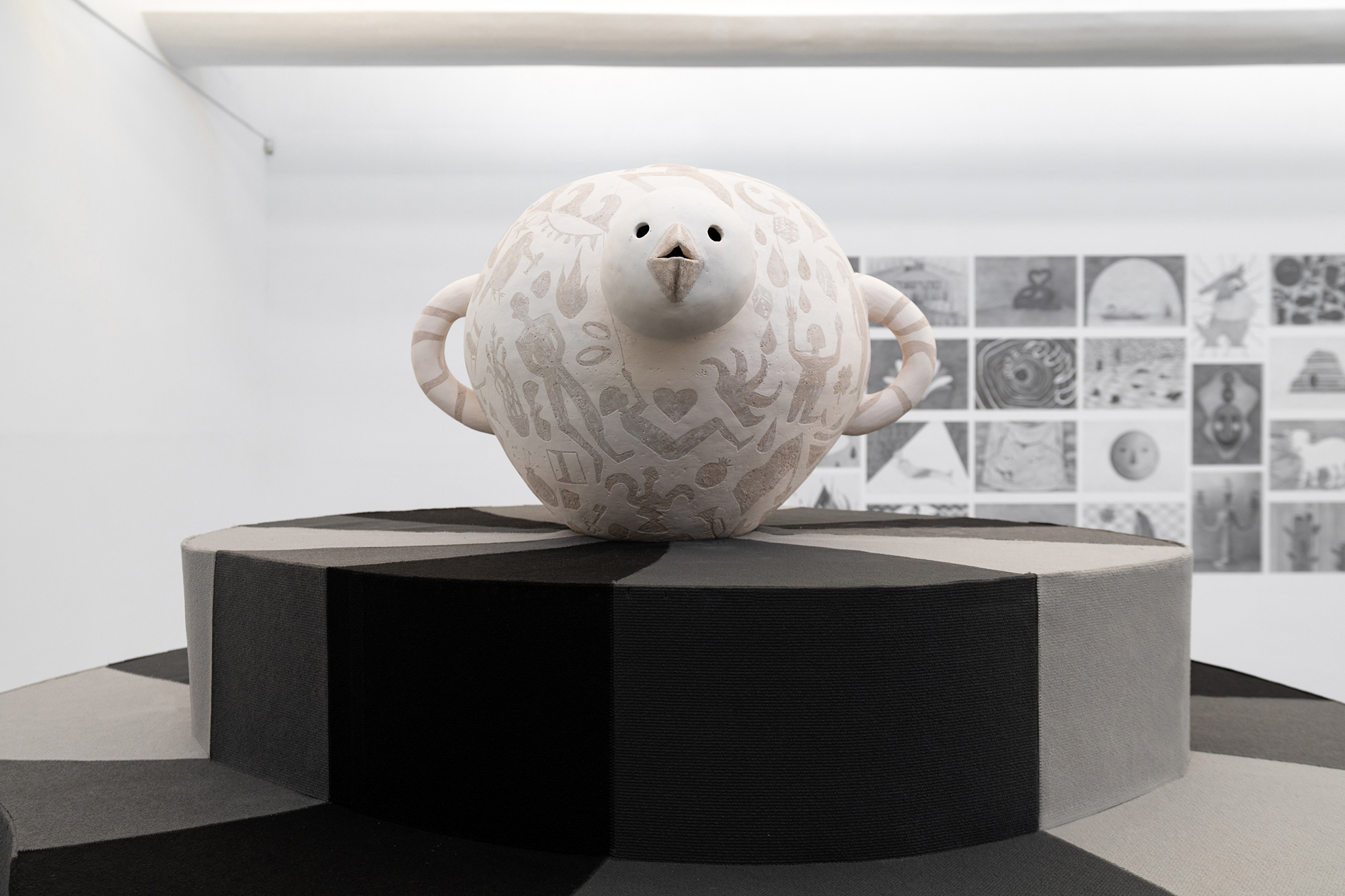
After Hours - installation view, Herzliya Museum of Contemporary Art
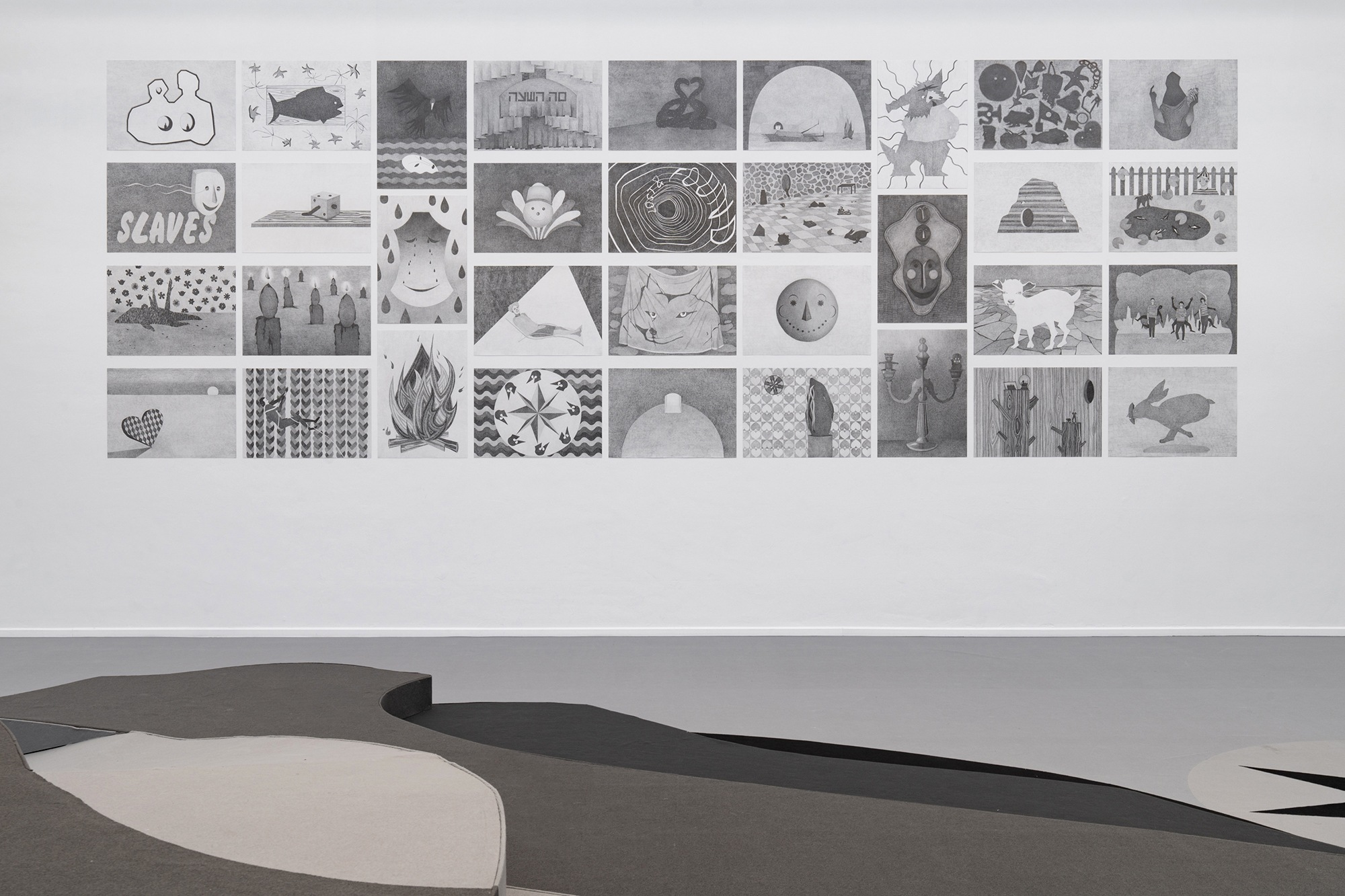
After Hours - installation view, Herzliya Museum of Contemporary Art
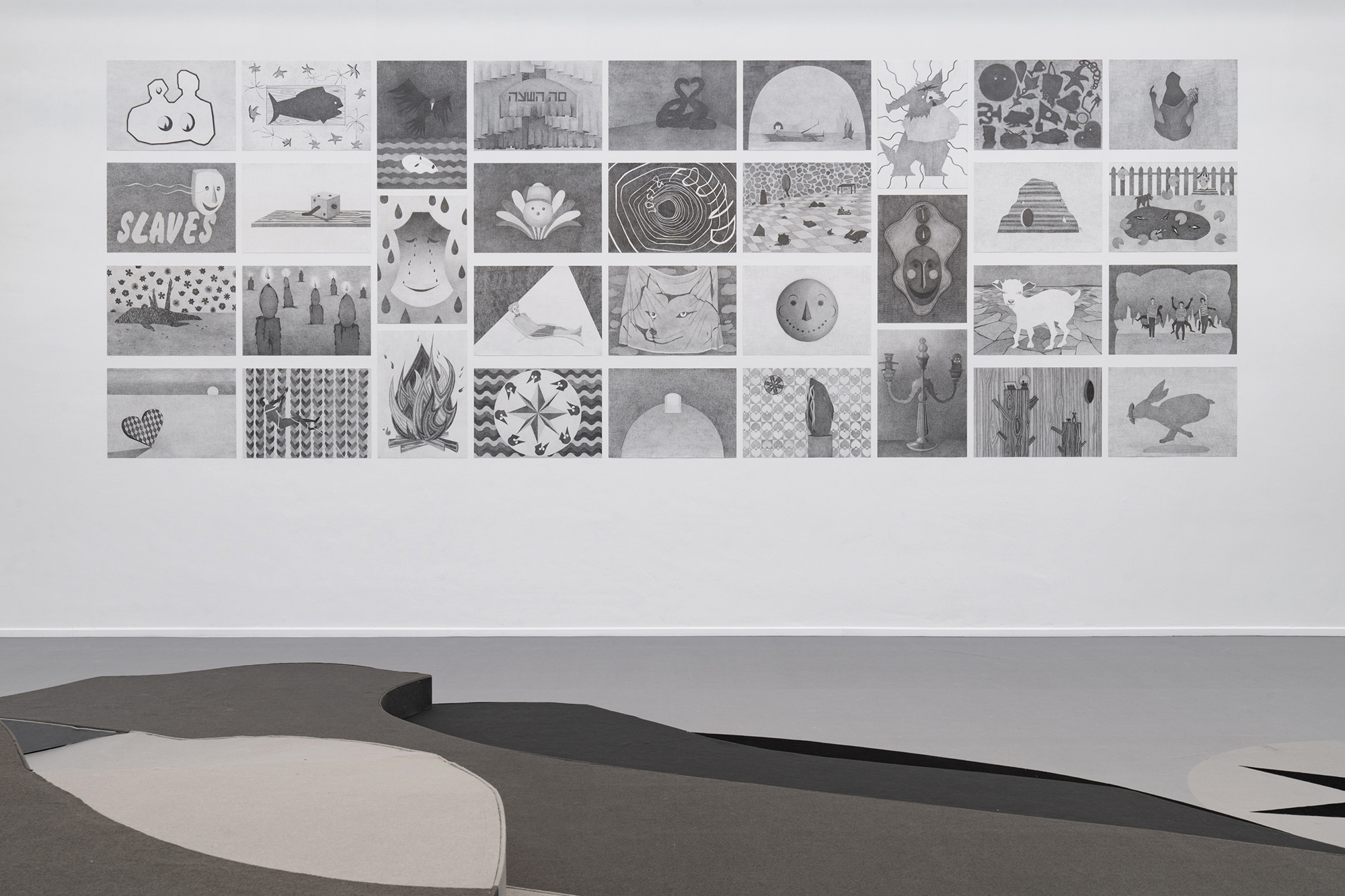
After Hours - installation view, Herzliya Museum of Contemporary Art

After Hours - installation view, Herzliya Museum of Contemporary Art
The installation "After Hours" is a fantastic environment set between reality and dream, a monumental configuration of sculptures and drawings that creates a synthesized landscape on a monochromatic white-gray-black spectrum. The installation’s title suggests a “parallel” time taken out of the linear timeline, subverting the tangible and belonging to a world of fantasy and hallucination that disregards familiar logic and the laws of reality. The line between reality and fiction is also blurred in the range of Aroch’s invented images. Her figures and images are the product of a process of liberated consciousness and create a rich, child-like, and magical idiosyncratic lexicon – like a dream that has arisen from the depths of consciousness to the surface of the installation, in which candles weep, jugs run to the moon, and a flock of swans assume the shape and body of the figure 2.
"After Hours" exists as an artificial ecosystem, full of internal contradictions that merge together in exemplary harmony. The values of three different sites – the Park, the Zen Temple, and the Cave – serve as its source of inspiration and conceptual and aesthetic starting points. The engineered Park provides an escape from the daily routine, or a substitute for it, as well as an opportunity for amusement and pleasure. The Zen garden has a decidedly spiritual-ceremonial quality, offering a meditative spell in a man-made space with an aesthetic of refined reduction, and the chance of disengaging experiences and emotions from the fleeting moment. Conversely, the Cave is the embodiment of the wild and natural – a refuge and hiding place in a primeval, raw form.
Within the timeless bubble, Aroch establishes a deceptive reality that takes shape as a ceremonial space, a cultic setting, or a pilgrimage site – exerting influence on the visitors and triggered by their presence. After Hours is a space in which the fictional and the fantastic mingle with the known and familiar, where the consciousness is liberated and roams from the body to an obscure dimension in which everything is possible
Sally Haftel Naveh
